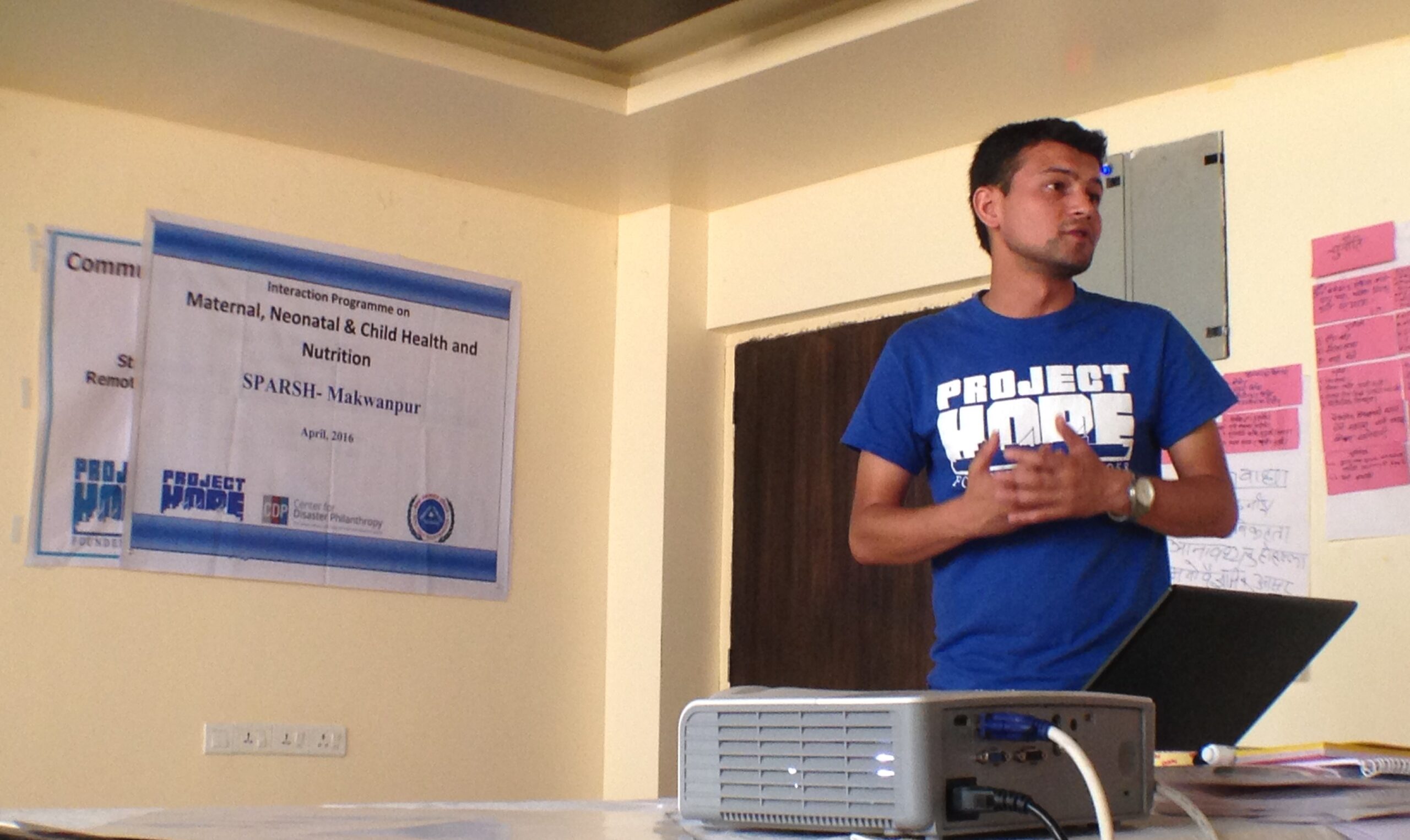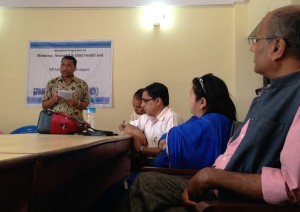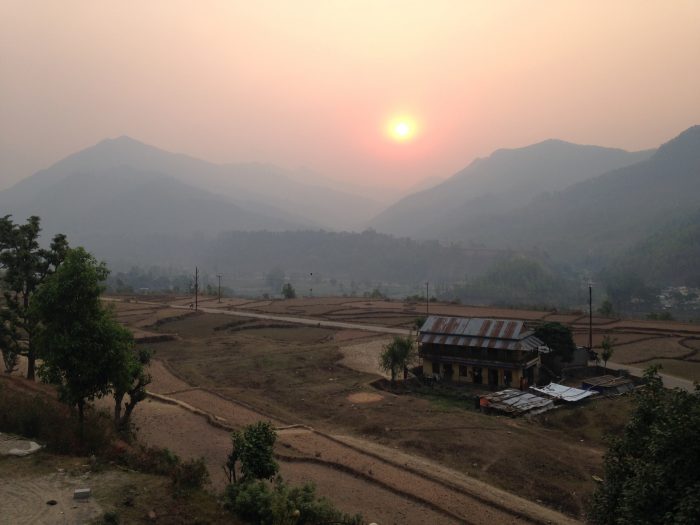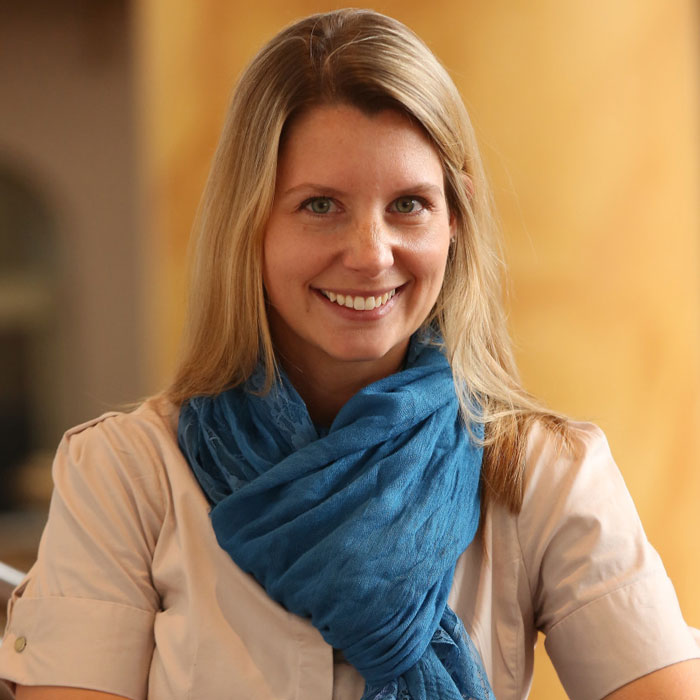When Health, Nutrition, and Child Marriage Prevention Intersect
Think for a moment about a place where 86 percent of the children between the ages of 11 and 13 are married. A place where food sources are few and many girls have eight children by the time the reach their early 20s. In America, it’s a hard concept to comprehend. But in Makwanpur District […]

Think for a moment about a place where 86 percent of the children between the ages of 11 and 13 are married. A place where food sources are few and many girls have eight children by the time the reach their early 20s. In America, it’s a hard concept to comprehend.
But in Makwanpur District of Nepal, it is a matter of daily life, especially in the five village development districts (VDCs) where Project Hope and the Nepal Public Health Foundation have launched SPARSH (a Nepali term for “gentle touch”). The project’s goal is to improve maternal and child health nutrition and hygiene practices by increasing access to related information and services. The primary beneficiaries are pregnant and lactating mothers, infants, and adolescents.
You might wonder how a health, nutrition, and hygiene project and child marriage prevention are related. In truth, as I worked through the proposal and grant process with our Nepal Earthquake Recovery Fund grantmaking committee, I’m ashamed to say I didn’t consider the intersection of these topics.
But girls who marry young frequently suffer from pregnancy-related complications, uterine prolapse, and death. Under-aged pregnant girls in these conditions are five times more likely to die during childbirth than women in their twenties. In the particular areas where this project is being implemented, many girls are hours away by foot from the nearest health facility, making prenatal care and attended deliveries nearly impossible. With scarce food sources, mother and infant are also more likely to suffer from malnutrition. 
During my day with Project Hope and the Nepal Public Health Foundation, I was able to briefly watch some communications skills training for the health practitioners who will be working in the five VDCs. I was also able to tag along with Janak Thapa, of the Nepal Public Health Foundation as he updated government officials on the project.
By far, the most meaningful part of the day was when Deepak Chapagain, program coordinator for Project Hope–Nepal, translated a series of notes from those attending the training. Written on poster board tacked to the walls, one series of notes captured the project participants’ motivations:
- “These people are very marginalized.”
- “It makes me happy to help address malnutrition.”
- “I want to bring change so that marriage happens later.”
- “I want to see child marriage issues reduced.”
I told them it was humbling to be there, because I realized how hard the work was and the enormity of the things they face. I meant every word.
More like this

Providing Hope for Nepal’s Children

